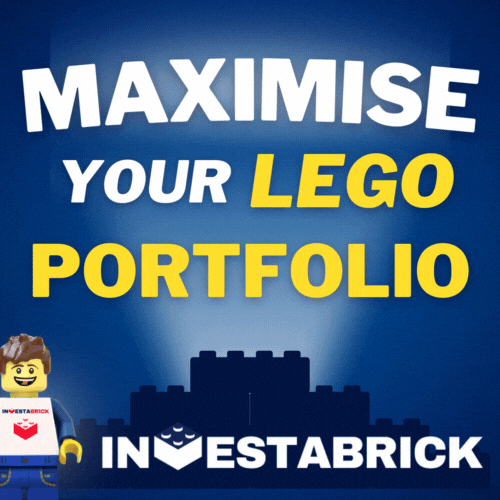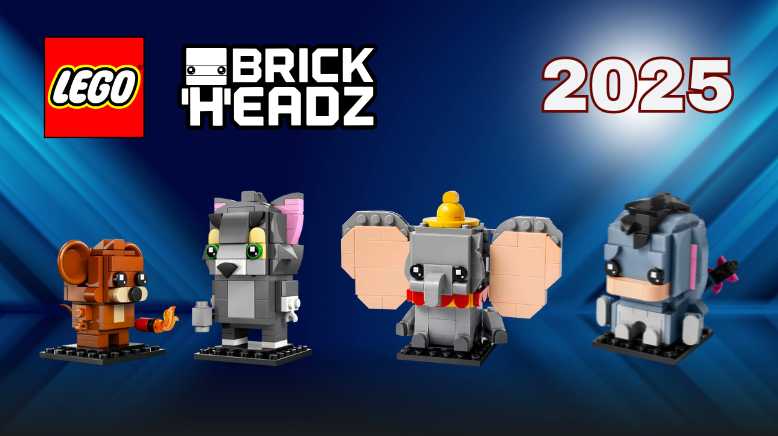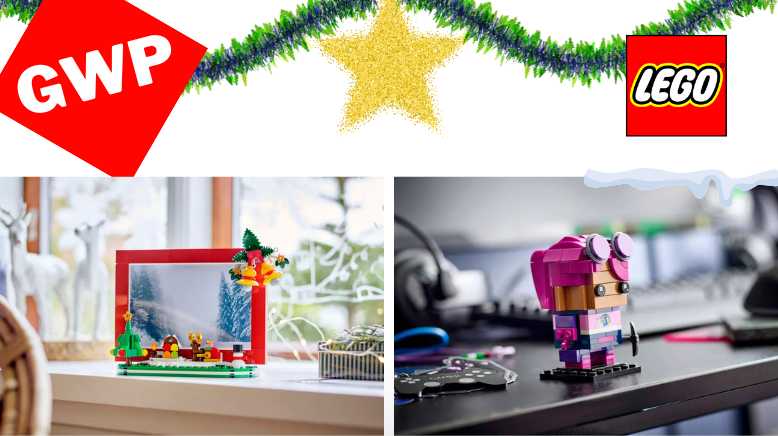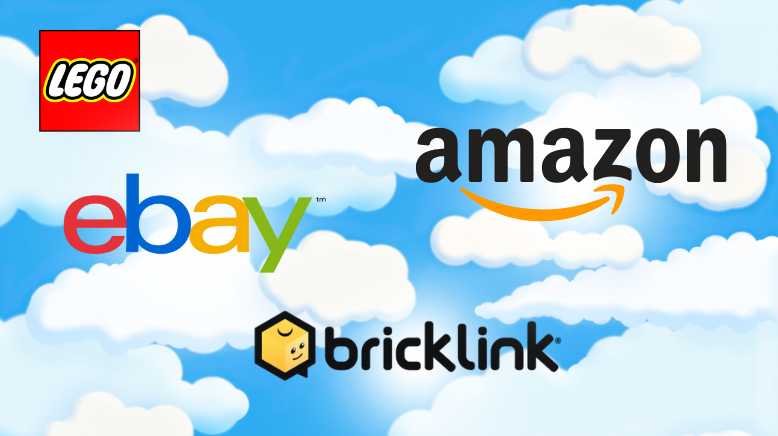LEGO Investing – An Investabrick Introductory Guide to Types of LEGO Investment!
Published: 1 year ago
Last Updated: 7 months ago
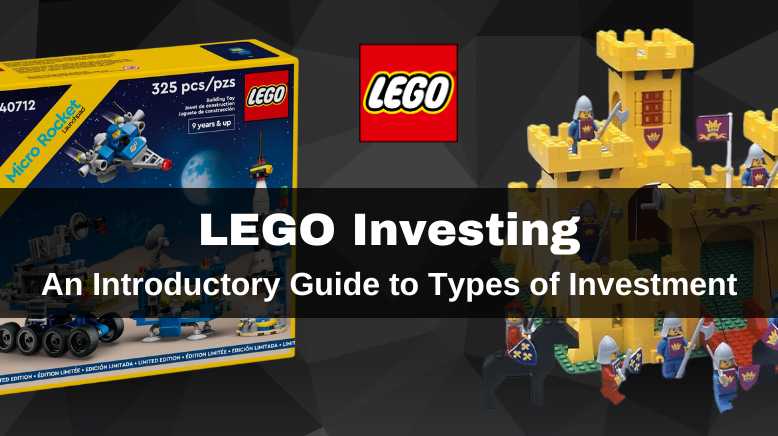
In LEGO investment, as with almost every form of investment, there are multiple strategies that can be employed and it is very rare that a “one size fits all” approach to LEGO investing should be employed. So what are the choices of LEGOS investing available and how should you choose between them?
For us at Investabrick the easiest way to differentiate the types of LEGO investments is to do so by length of time you look to hold the LEGO investment set for before realising your profit. We have split these into 3 types of LEGO investing strategies:
Long-Term LEGO Investing
For us, in LEGO investing we classify any LEGO set we look to buy and hold for more than 3 years as a long-term LEGO investment. There are obviously different extremes to this classification of LEGO investing, it could encompass a set purchased in 2020 that has been held as a LEGO investment for 4 years, likewise it could apply to a Vintage LEGO set that was purchased in the 1980s and been held as a LEGO investment for 40 years! Here at Investabrick the vast majority of our long-term LEGO investment recommendations will apply to holding for 3 to 5 years, apart from in exceptional circumstances.
In conventional investing terms this would be seen as a buy and hold strategy where we are looking to buy LEGO investments which we think will steadily increase in value over a number of years and continue to do so in quite a linear fashion, increasing in value by approximately the same amount each year.
For this the set needs to continue to be in demand for a long period of time. You only need to look at some of the LEGO sets and their values today to see how successful this strategy can be, where many sets have become very scare in terms of supply and thus highly valuable.
That said, for a lot of LEGO investment sets, the LEGO investment returns will start to decrease over time and those declining returns should be a seen as a signal to sell the LEGO investment and reinvest in a new LEGO set for a replacement LEGO investment.
Investabrick enables you to continually monitor your LEGO investment portfolio and the LEGO sets values and identify the optimal time to sell them and then to look for new LEGO sets to invest in.
Medium-Term LEGO Investing
At Investabrick we consider anything that we look to hold onto for between 1 year and 3 years before selling as a medium-term LEGO investment.
To some degree, this can be seen as a hybrid of the two other more extreme strategies with the aim to get the best benefits of both in one! We look for sets that will see a strong short-term uplift in value after retirement, but that will continue to appreciate in value strongly for another year or two before these LEGO investment returns start to decline.
Optimally we can then capitalise on the post-retirement uplift in value for a longer period than in short term LEGO investing, which for many LEGO sets is their highest rate of growth before selling and recycling our funds into more sets to do the same again.
Finding sets that will have an initial post-retirement uplift in value and a strong demand for a few years after retirement is crucial here.
Short-Term LEGO Investing
Any LEGO investment set that we look to hold onto for a maximum of 1 year before selling we consider as a short-term LEGO investment.
This is invariably a quick flip scenario where we are buying a LEGO set with a clear plan as to why it will go up in value in the short term and immediately capitalising on that opportunity to sell and lock in our profits. There can still be quite a large variety in the timescale we hold the LEGO investment set for, from as little as a day to as much as a year.
There are many reasons for this approach. These include:
- We expect a large increase in value when the set become retired LEGO at the end of its retail shelf life
- We have identified a short-term supply issue is likely and that we can sell at an increased price during this period. There are often opportunities when Lego.com themselves are out of stock of sets that the price can spike up on marketplaces such as Ebay and Amazon
- An external event may lead to either a sudden increase in demand, a sudden decrease in supply or in the perfect scenario a combination of both, leading to a large short-term rise in prices
- We want to break the set up to capitalise on its piece per part. Some LEGO sets are actually worth 3 or 4 times the sum of their parts due to containing some rare parts and having a relatively low RRP, leading to a strategy of parting the set straight after buying it
- We may want to buy just for the included LEGO minifigures and then sell the rest of the set (a mild version of parting the set as above)
The big advantage of this strategy is that we are able to repeatedly recycle our funds into more sets faster looking to compound our LEGO investment leading to potentially greater profits in the long term.
Managing our LEGO Investments
Whilst we should always have a clear plan as to what type of LEGO investment we are making when we buy a LEGO set, we also need to remain flexible and be prepared to change our plan if a better opportunity arises. It is very possible that we could buy a set as a long-term LEGO investment but
then a short-term lack of supply could create a surge in prices (which we think is unsustainable in the longer-term) and enables us to convert it to a short term investment before re-investing our funds into an alternative set or sets.
Likewise, we may buy a set planning to sell it after 6 to 12 months but it becomes clear that post-retirement demand is still very strong, outpacing supply and that prices are likely to continue to increase for a longer period of time at which point we can change our plan to it becoming a medium-term LEGO investment or even a long-term LEGO investment.
In a future series of LEGO investment type articles we look further into how to decide which category a LEGO set is likely to fit into and how to determine when the best time to sell a LEGO investment is.





